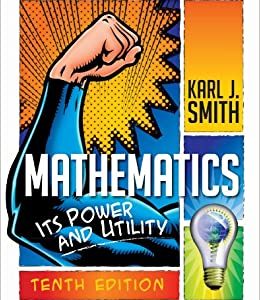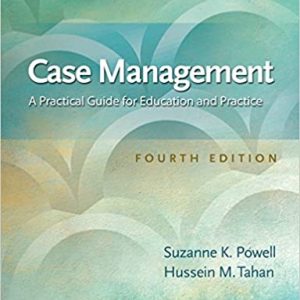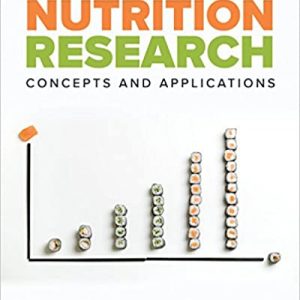Business Statistics Third Canadian Edition 3rd by Norean D. Sharpe
By: Norean R. Sharpe; Richard D. De Veaux; Paul F. Velleman; David Wright
Publisher: Pearson Canada
Print ISBN: 9780133899122, 0133899128
eText ISBN: 9780134577418, 0134577418
Edition: 3rd
Copyright year: 2018
Conceptual and applied, with emphasis on analyzing and interpreting Canadian data to make informed business decisions. The book draws students in using a conversational writing style and delivers content with a fresh, exciting approach that reflects the authors? blend of teaching, consulting, and entrepreneurial experiences.
What?s New in This Edition?
We?ve been delighted with the reaction to previous editions of Business Statistics. We continue
to update examples and exercises so that the story we tell is always tied to the ways
Statistics informs modern business practice.
More Use of Canadian Business Examples
We teach with real data whenever possible, so we?ve updated data throughout the book.
New examples ref lect current stories in the news and recent economic and business events.
The Mini Case Studies have been updated with new data and new contexts.
Improved Pedagogical Features
? Streamlined design. Our goal has always been an extremely readable text. In this edition,
the major theme of each chapter is more linear and easier to follow. Supporting
material is clearly boxed, so students know where to focus their study efforts.
? Reflecting the Changing World. Since our previous edition, the world economies have
changed with major impacts on business. We have updated many of our examples and
exercises to ref lect the current situation using recent data.
? Precise Analysis and Precise Business Implications. Statistics in practice means making
smart decisions based on data. We?ve tightened our discussions to ensure that rigorous
and precise statistical reasoning is applied to realistic business situations, and we
then give precise interpretation of our results to support managerial decision making.
? Learning Objectives. Each chapter begins with a short list of learning objectives so
that it is clear what you should master from this chapter. These objectives are referenced
in the margins of the sections that address them and in the end-of-chapter
section
and chapter exercises.
? Section Examples. Almost every section of every chapter includes a focused example
to illustrate and apply the concepts and methods discussed in that section.
Section Exercises. Each chapter?s exercises begin with single-concept exercises that
target section topics. This makes it easier to check your understanding of each topic as
you learn it.
? Recent Data and New Examples. We teach with real data whenever possible. To keep
examples and exercises fresh, we?ve updated data throughout the book.
? Chapter Summaries. Our ?What Have We Learned?? chapter summaries link back
to the Learning Objectives stated at the start of the chapter so that you can see clearly
when you have learned the key concepts in each chapter.
? Statistical Case Studies. Each chapter ends with a selection of Mini Case Studies, and
there are more extensive cases found on MyStatLab for Parts 1, 2, and 3 of the text.
Each part-ending case study covers material from multiple chapters.
? Streamlined ?Technology Help? Sections with Additional Excel Coverage. Technology
Help sections were updated to ref lect changes in commercial software, and, when
possible, Excel screen shots are included to illustrate the menu options available.











